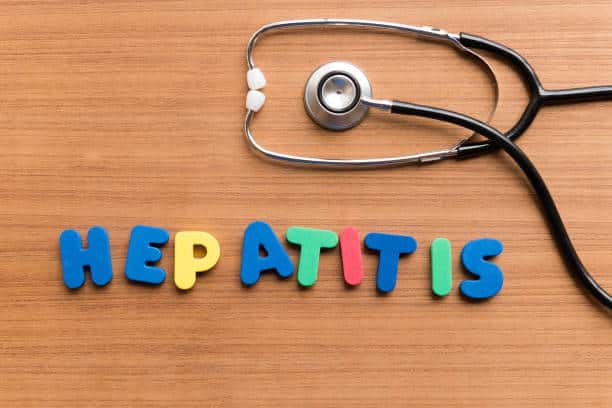
Despite its high health, social, and economic implications, hepatitis C, including chronic hepatitis C, is widespread worldwide.
Egypt has one of the world’s highest hepatitis C prevalence rates and is almost completely free of the disease.
If political leaders band together, Egypt’s methodology to eradicate hepatitis C could serve as a guide for the rest of the globe by 2030.
Annual deaths from hepatitis B and C exceed 1.1 million. Only 2% of the estimated 296 million persons with hepatitis B in the globe are receiving treatment. Only 21% of the 58 million individuals globally who have hepatitis C are diagnosed, and less than two-thirds of those are receiving treatment for the treatable disease.
Nevertheless, despite the severity of the issue, viral hepatitis is being defeated with surprising success. Between 2015 and 2019, the number of persons undergoing hepatitis C treatment grew by nine. Egypt, which has the highest hepatitis rates in the world, tested 50 million individuals between 2014 and 2020, treated 4 million patients and is on track to eradicate hepatitis C within its borders.
To help nations carry out their objectives to eradicate hepatitis, the World Economic Forum is collaborating with stakeholders from the hepatitis community.
To commemorate World Hepatitis Day, five representatives from groups involved in the Hepatitis Elimination Initiative shared their opinions on what needs to be done for hepatitis to be eradicated globally.
RELATED: Hepatitis B Shots Advised for All U.S. Adults Younger Than 60 Years Old
Hepatitis Treatment? Partnership
Robert Ford, President and CEO of Abbott Laboratories
Hepatitis can be cured.
We have the skills and expertise as a global society. We must gather our combined willpower to complete the task.
Such a program consists of four components: testing, treatment, vaccination, and education.
Peer healthcare innovators are active in the second two, while Abbott has been extensively involved in the first two. Along the entire








